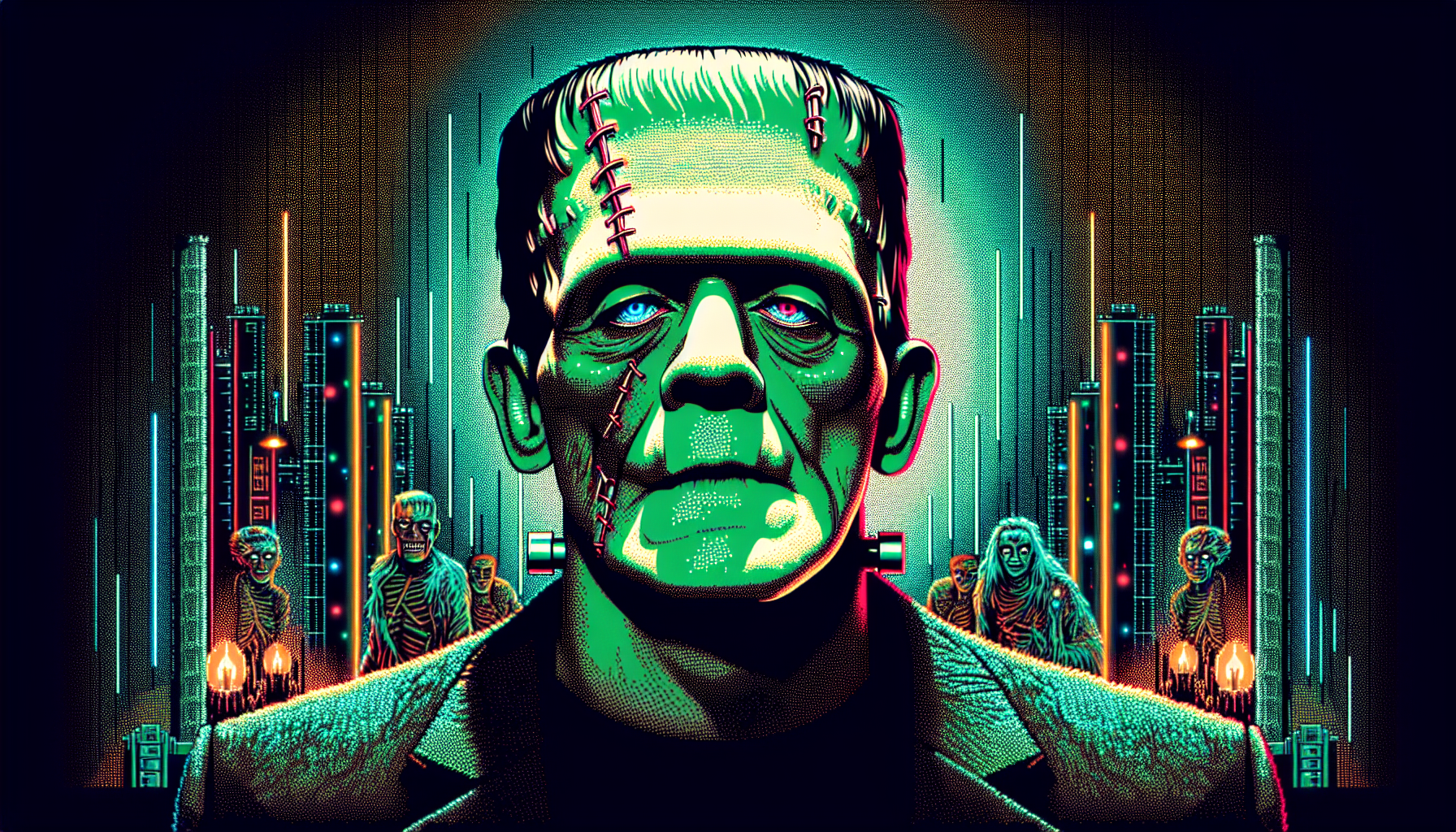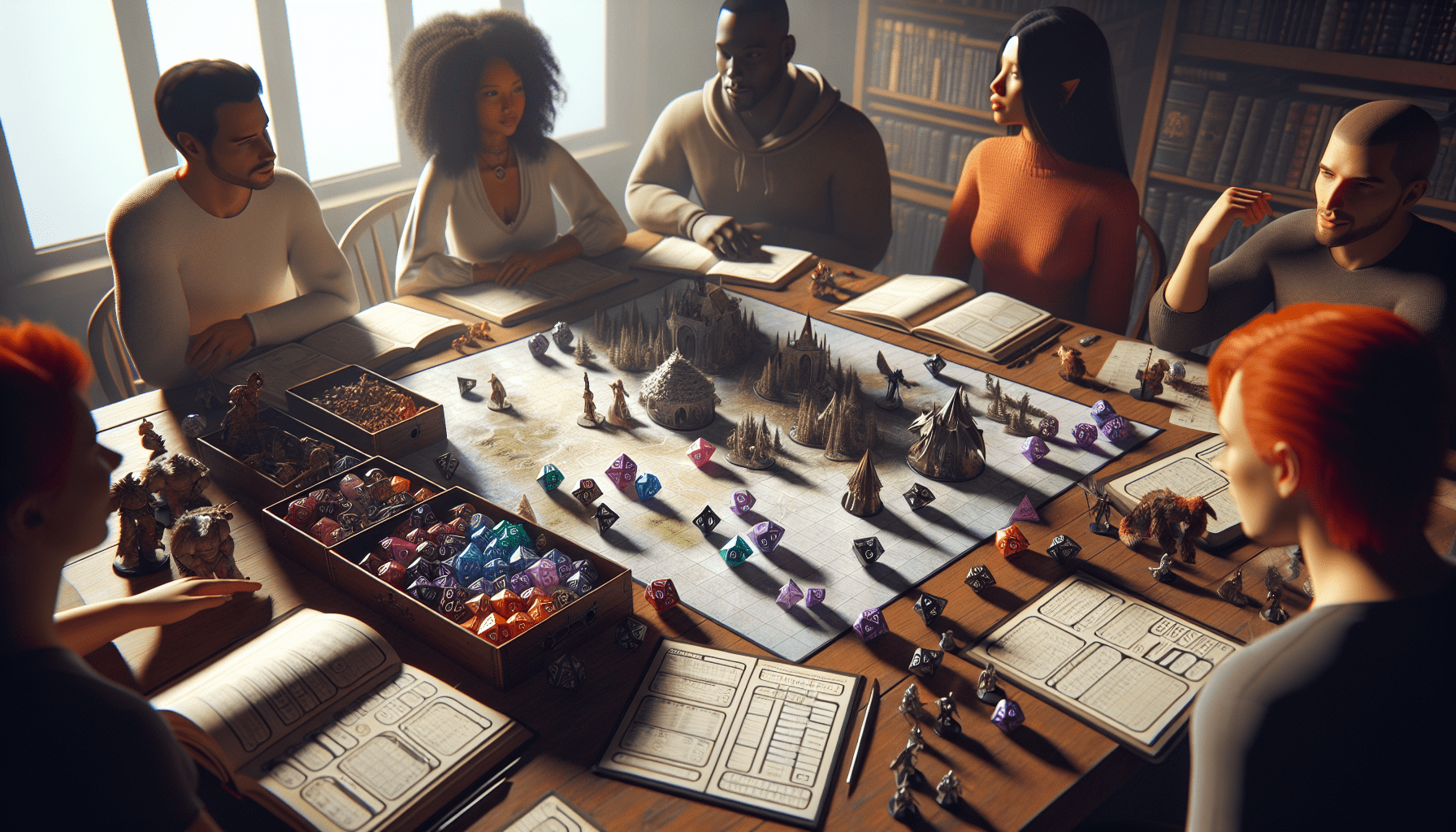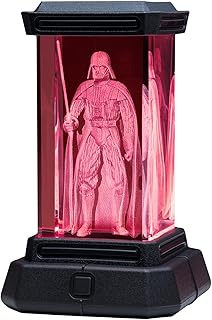Mary Shelley’s “Frankenstein” has captivated readers and screen enthusiasts for generations with its chilling exploration of creation, guilt, and the monstrous depths of humanity. Among the various cinematic portrayals, Boris Karloff’s interpretation of the Creature in the 1931 classic stands as a definitive moment in horror history. The impending release of a new graphic novel honoring this legacy promises to blend classic literature with contemporary artistic expression, offering an exciting new lens through which to examine this timeless tale.
What to Expect from the Graphic Novel
The graphic novel, titled “Karloff: Frankenstein,” is the brainchild of acclaimed writer Colleen Doran and visual artist Jean-Paul Csuka. Set to hit shelves on November 28, 2024, this adaptation not only revives the enduring themes of Shelley’s novel but also pays homage to Karloff’s legendary performance that has influenced pop culture and horror narratives alike. Published by the creative powerhouse Dark Horse Comics, this work arrives at a perfect time—just as the interest in classic monsters is reigniting in modern storytelling.
Artistic Choices That Stand Out
The illustrative style of “Karloff: Frankenstein” diverges from traditional portrayals, featuring a bold approach that intertwines shadow and light to amplify the emotional gravity of the story. Influenced by expressionist techniques, Csuka’s artworks utilize a vibrant color palette that starkly contrasts the heavy themes of despair and monstrosity found within Shelley’s text. This interplay of colors not only enhances the visual narrative but also evokes a visceral reaction akin to the haunting atmosphere of the original film.
Comparing this graphic novel to previous adaptations reveals a marked evolution in artistic representation. Where earlier illustrations and adaptations would often focus on glaring frights, this new graphic novel embraces a subtlety that invites deeper emotional engagement with the characters. Key scenes are artfully rendered to convey the Creature’s turmoil and existential dread in a way that feels both fresh and familiar.
Narrative Techniques That Resonate
The storytelling approaches in “Karloff: Frankenstein” are innovative and immersive. This version employs a non-linear narrative structure, weaving together the past and present to create a richer understanding of the relationship between Dr. Frankenstein and his creation. Readers are offered a glimpse into their shared history through carefully crafted dialogue that not only develops characters but also critiques the human condition.
“I am alone and miserable; man will not associate with me; but one will not deny me.”
This poignant line reverberates throughout the graphic novel, echoing the creature’s anguish as it navigates its existential crisis—themes that remain relevant in today’s society. The interplay between word and image encapsulates a depth of emotion that challenges the reader to reflect on their own humanity.
The Legacy of Boris Karloff
Boris Karloff’s portrayal of Frankenstein’s monster revolutionized horror and established a template for how the character has been understood by audiences ever since. His performance brought a depth of pathos to the creature and showcased a nuanced portrayal of monstrousness, blurring the lines between terror and sympathy. In celebrating this legacy, the graphic novel not only honors Karloff’s artistry but also taps into the historical impact of his work on the horror genre.
The graphic novel weaves references to Karloff’s original portrayal throughout, enhancing our understanding of this new adaptation. Fans will notice nods to iconic scenes, effectively intertwining homage and innovation in ways that honor the dark legacy of the creature while revitalizing its narrative for a modern audience.
Excitement from Fans and Critics
Early reviews for “Karloff: Frankenstein” have been overwhelmingly positive, with many highlighting its artistic achievements and the emotional resonance of its storytelling. Critics have noted the balance between modern interpretations and the respect for Shelley’s original themes, contributing to a sophisticated take on a graphic novel format.
Reader feedback has underscored an excitement for the merging of classic horror with contemporary graphic narratives, with many fans eager to see how the medium can expand the universe originally conceived by Shelley and brought to life by Karloff.
Thoughts on Classic Horror’s Evolution
This graphic novel serves as a powerful reminder of how classic horror continues to evolve, adapting to reflect modern sensibilities while honoring its roots. As the lines blur between classic and contemporary storytelling, there’s an opportune moment for readers to explore how these narratives resonate today. I encourage all fans of horror and graphic novels to seek out this adaptation, explore its rich text and artwork, and reflect on the lasting impact of Karloff’s contributions to the genre. Let’s continue the conversation around this iconic character and his creator’s themes. Your thoughts and discussions will only enrich the legacy of these timeless tales.










